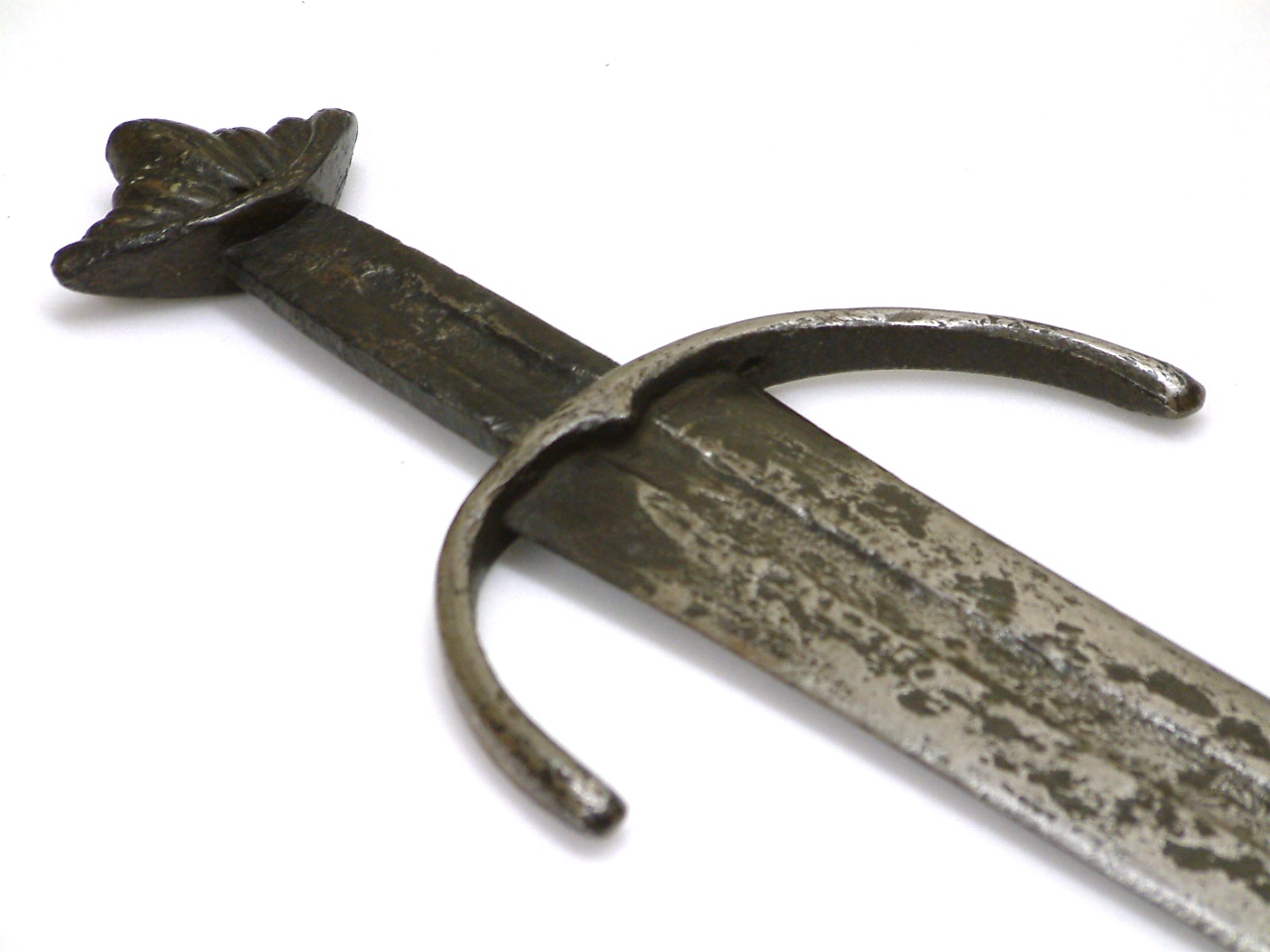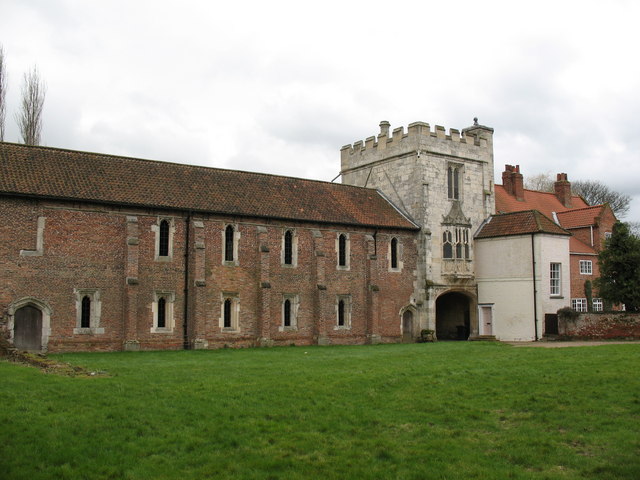Cawood on:
[Wikipedia]
[Google]
[Amazon]
Cawood (other names: ''Carwood'') is a village and
 In his ''King's England'' series,
In his ''King's England'' series,
 Cawood Castle is at the centre of the village and was a residence of the Archbishops of York until the
Cawood Castle is at the centre of the village and was a residence of the Archbishops of York until the
Cawood village history
Ross family Cawood history
{{authority control Villages in North Yorkshire Civil parishes in North Yorkshire
civil parish
In England, a civil parish is a type of administrative parish used for local government. It is a territorial designation which is the lowest tier of local government. Civil parishes can trace their origin to the ancient system of parishes, w ...
in North Yorkshire
North Yorkshire is a Ceremonial counties of England, ceremonial county in Northern England.The Unitary authorities of England, unitary authority areas of City of York, York and North Yorkshire (district), North Yorkshire are in Yorkshire and t ...
, England that is notable as the location of the Cawood sword.
It was historically part of the West Riding of Yorkshire
The West Riding of Yorkshire was one of three historic subdivisions of Yorkshire, England. From 1889 to 1974 the riding was an administrative county named County of York, West Riding. The Lord Lieutenant of the West Riding of Yorkshire, lieu ...
until 1974. From 1974 to 2023 it was part of the district of Selby
Selby is a market town and civil parish in North Yorkshire, England, south of York on the River Ouse. At the 2021 Census, it had a population of 17,193.
The town was historically part of the West Riding of Yorkshire; from 1974 until 2023, ...
, it is now administered by the unitary North Yorkshire Council
North Yorkshire Council, known between 1974 and 2023 as North Yorkshire County Council, is the local authority for the non-metropolitan county of North Yorkshire, England. Since 2023 the council has been a unitary authority, being a county coun ...
.
History
According to Edmunds' "History in Names of Places" (London, 1869), the first syllable, Ca-, means a hollow, also a field. Edmunds gives Cawood of Yorkshire as an example. The last syllable -wood, is self-evident. The name, therefore, is a place-name of Anglo-Saxon origin and was first used to describe one who lived in a wooded hollow or field.Arthur Mee
Arthur Henry Mee (21 July 187527 May 1943) was an English writer, journalist and educator. He is best known for ''The Harmsworth Self-Educator'', ''The Children's Encyclopædia'', ''The Children's Newspaper'', and ''The King's England''.
Ea ...
refers to Cawood as "the Windsor of the North". Cawood was formerly one of the chief places of residence of the Archbishop of York
The archbishop of York is a senior bishop in the Church of England, second only to the archbishop of Canterbury. The archbishop is the diocesan bishop of the Diocese of York and the metropolitan bishop of the province of York, which covers the ...
, who had here a magnificent Palace or Castle, in which several of the bishops died. It was obtained for the see of York from King Athelstan, in the 10th century, by Archbishop Wulstan. The village surrounded its walls. Alexander Nevil, the 45th Archbishop, is said to have bestowed great cost on this palace, and to have adorned it with several new towers. Henry Bowett, the 49th Archbishop, built the great hall; and his successor, Cardinal Kempe, erected the gatehouse, the ruins of which are all that remain of this once magnificent building.
In the 1800s Cawood was considered a market and parish-town, "in the wapentake of Barkston-Ash, liberties of St. Peter and Cawood, Wistow, and Otley; 5 miles from Selby, 7½ from Tadcaster, 10 from York, 12 from Pontefract, 186 from London." Cawood being within the Liberty
Liberty is the state of being free within society from oppressive restrictions imposed by authority on one's way of life, behavior, or political views. The concept of liberty can vary depending on perspective and context. In the Constitutional ...
of Cawood, Wistow, and Otley made the village administratively independent from the surrounding West Riding of Yorkshire.
Market was held each Wednesday. Fairs were held on Old May day and 23 September. The principal inn was named the Ferry House. The local church, a peculiar, was a vicarage
A clergy house is the residence, or former residence, of one or more priests or Minister (Christianity), ministers of a given religion, serving as both a home and a base for the occupant's ministry. Residences of this type can have a variety of n ...
, dedicated to All Saints, in the deanery of Ainsty (now New Ainsty). Notice of the union of the Liberty of Cawood, Wistow, and Otley with the West Riding of Yorkshire was published in the London Gazette on 21 March 1864. Some of the economic changes in the following decades were also due to increased transportation and agricultural mechanization. It remained part of the West Riding of Yorkshire
The West Riding of Yorkshire was one of three historic subdivisions of Yorkshire, England. From 1889 to 1974 the riding was an administrative county named County of York, West Riding. The Lord Lieutenant of the West Riding of Yorkshire, lieu ...
until 1974.
Cawood is south of the point where the River Wharfe
The River Wharfe ( ) is a river in Yorkshire, England originating within the Yorkshire Dales National Park. For much of its middle course it is the county boundary between West Yorkshire and North Yorkshire. Its valley is known as Wharfedale.
...
flows into the River Ouse which subsequently forms the northern border of the village. Cawood Bridge is the only bridge from the village which spans the river. The bridge was opened in 1872: before then the only means of crossing was by use of a ferry. Dick Turpin
Richard Turpin (bapt. 21 September 1705 – 7 April 1739) was an English highwayman whose exploits were romanticised following his execution in York for horse theft. Turpin may have followed his father's trade as a butcher ear ...
is said to have forded the river when he escaped to York
York is a cathedral city in North Yorkshire, England, with Roman Britain, Roman origins, sited at the confluence of the rivers River Ouse, Yorkshire, Ouse and River Foss, Foss. It has many historic buildings and other structures, such as a Yor ...
, which lies ten miles north of Cawood. The River Ouse used to flood the village regularly in winter. Since the floods of January 1982, whose height is marked on the bridgekeeper's cottage, river defences have been raised so that the fields on the northern side (Kelfield Ings) and the former Ferry Boat Inn, also on the Kelfield side, are now the only areas that flood, even at times of exceptionally high waters, such as in November 2000.
Cawood Castle
 Cawood Castle is at the centre of the village and was a residence of the Archbishops of York until the
Cawood Castle is at the centre of the village and was a residence of the Archbishops of York until the English Reformation
The English Reformation began in 16th-century England when the Church of England broke away first from the authority of the pope and bishops Oath_of_Supremacy, over the King and then from some doctrines and practices of the Catholic Church ...
. The remaining buildings belong to the Landmark Trust
The Landmark Trust is a British architectural conservation, building conservation charitable organization, charity, founded in 1965 by John Smith (Conservative politician), Sir John and Lady Smith, that rescues buildings of historic interest or ...
. The adjacent Castle Garth open space is a scheduled ancient monument
In the United Kingdom, a scheduled monument is a nationally important archaeological site or historic building, given protection against unauthorised change.
The various pieces of legislation that legally protect heritage assets from damage, visu ...
owned by the parish council.
Public houses
The Anchor, Thompson's Arms and Bay Horse public houses in Cawood have closed. The Jolly Sailor is on Market Place; the Ferry Inn is near Cawood Bridge, and the Castle Inn is on Wistowgate.Religion
The village is served by aparish church
A parish church (or parochial church) in Christianity is the Church (building), church which acts as the religious centre of a parish. In many parts of the world, especially in rural areas, the parish church may play a significant role in com ...
, dedicated to All Saints. It is a Grade I listed building.
Transport
Cawood railway station provided a passenger service from 1898 to 1929 and continued to provide goods services until 1960.Notable people
Notable people who were born or live in Cawood include: Henry Monson, a foundingNew Zealand
New Zealand () is an island country in the southwestern Pacific Ocean. It consists of two main landmasses—the North Island () and the South Island ()—and List of islands of New Zealand, over 600 smaller islands. It is the List of isla ...
settler.
Michael Lyons FRBS FRSA, a contemporary British artist,
and former Vice-President of the Royal British Society of Sculptors.
Notable people who died in Cawood include seven Archbishops of York: William Greenfield, Tobias Matthew, William Melton, Thomas Rotherham, John Thoresby, Thomas Savage and William Zouche. Archbishop George Montaigne is buried in the parish churchyard after dying in London, having originated from Cawood.
The nursery rhyme Humpty Dumpty
Humpty Dumpty is a character in an English nursery rhyme, probably originally a riddle, and is typically portrayed as an anthropomorphic egg, though he is not explicitly described as such. The first recorded versions of the rhyme date from ...
may refer to Cardinal Wolsey
Thomas Wolsey ( ; – 29 November 1530) was an English statesman and Catholic cardinal. When Henry VIII became King of England in 1509, Wolsey became the king's almoner. Wolsey's affairs prospered and by 1514 he had become the controlling f ...
's 'great fall' at Cawood, when he was arrested by King Henry VIII
Henry VIII (28 June 149128 January 1547) was King of England from 22 April 1509 until his death in 1547. Henry is known for his six marriages and his efforts to have his first marriage (to Catherine of Aragon) annulled. His disagreement w ...
's men.
See also
* Listed buildings in CawoodReferences
External links
Cawood village history
Ross family Cawood history
{{authority control Villages in North Yorkshire Civil parishes in North Yorkshire